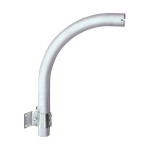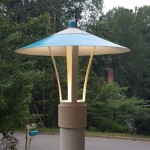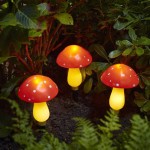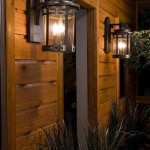Best Light Modifiers for Outdoor Photography
Outdoor photography presents unique challenges and opportunities for manipulating light. While natural light is the foundation, modifiers allow photographers to shape and control it for desired effects. Understanding the best light modifiers empowers photographers to enhance their outdoor images, whether shooting portraits, landscapes, or products.
Reflectors: Bouncing Light Back to the Subject
Reflectors are versatile and essential tools for outdoor photography. They work by redirecting available light back onto the subject, filling in shadows and creating a more balanced exposure. Reflectors come in various sizes, shapes, and surfaces. Collapsible disc reflectors are popular for their portability and range of reflective options. Common surfaces include white, silver, gold, and black. White provides a soft, neutral fill, while silver offers a brighter, more specular reflection. Gold adds warmth to the reflected light, useful for enhancing skin tones or creating a sunset effect. Black acts as a subtractive light modifier, absorbing light and deepening shadows.
Choosing the right reflector depends on the shooting scenario. For portraits on a sunny day, a white or silver reflector can fill in harsh shadows under the eyes and chin. In a shaded area, a silver reflector can brighten the subject without introducing a noticeable color cast. Gold reflectors are often used in fashion photography or to create a warm glow during golden hour. Black reflectors can be used to add depth and drama by enhancing shadows.
Diffusers: Softening Harsh Sunlight
Harsh sunlight can create strong shadows and high contrast, often undesirable for portraits or product photography. Diffusers mitigate these issues by scattering and softening the light. A common type is the translucent panel diffuser, which is held between the light source (the sun) and the subject. This softens the light, reducing contrast and creating a more even illumination. Diffusers come in various sizes and strengths, impacting the degree of diffusion. Larger diffusers provide more coverage, while smaller ones offer more localized control.
When shooting portraits in direct sunlight, a diffuser can help avoid squinting and harsh shadows on the face. They are also useful for product photography outdoors, creating softer highlights and smoother transitions between light and shadow. The size and density of the diffuser are important considerations. A larger, more opaque diffuser will soften the light more dramatically than a smaller, less dense one.
Scrims: Controlling Light and Shadow
Scrims are similar to diffusers but offer more control over light intensity and direction. They are often made of a translucent fabric stretched over a frame and can be used to both diffuse and subtract light. By placing a scrim between the sun and the subject, photographers can reduce the overall light intensity without necessarily softening its quality. This makes them useful for controlling highlights and balancing exposure in brightly lit scenes. Black scrims, or flags, are used to block light entirely, creating shadows or shaping the light falling on the subject.
Scrims are valuable tools for managing contrast in outdoor environments. They can be used to reduce the brightness of the sky in landscape photography or to tame hot spots on a product. Black flags can be strategically positioned to create darker, more defined shadows, adding depth and dimension to the image. When combined with reflectors, scrims can provide a comprehensive system for shaping light and controlling shadows in outdoor shoots.
Speedlights and Strobes with Modifiers: Overpowering the Sun
While reflectors, diffusers, and scrims work with existing light, speedlights and strobes provide an independent light source. When outdoors, these can be used to overpower the sun and create specific lighting effects. Combined with modifiers like softboxes, umbrellas, and beauty dishes, photographers can achieve studio-quality lighting in any outdoor location. Softboxes attached to speedlights or strobes create a soft, diffused light ideal for portraits. Umbrellas offer a broader, more directional light. Beauty dishes provide a focused, yet soft light that is often favored for fashion and beauty photography.
Using artificial light sources outdoors allows for greater control over the lighting ratio, direction, and quality. This is particularly useful when shooting in challenging lighting conditions, such as midday sun or overcast skies. By carefully positioning and modifying the artificial light, photographers can highlight specific features, create dramatic shadows, or balance the exposure between the subject and the background. High-speed sync functionality allows photographers to use flash at faster shutter speeds, enabling wider apertures for shallow depth of field even in bright sunlight.

Review Comparing Various Light Modifiers For On Flash

Using Soft Or Hard Light Modifiers For Outdoor Beauty Photography

Top 10 Light Modifiers For Off Flashes Studio Lights

Outdoor Portrait Lighting Modifiers Does Size Matter Fstoppers

4 Essential Outdoor Light Modifiers Fotodiox Inc Usa
This Is What Diffe Light Modifiers Do For Studio Portraits Petapixel

Top 10 Light Modifiers For Off Flashes Studio Lights

A Beginner S Guide To Light Modifiers For Stunning Portraits
This Is What Diffe Light Modifiers Do For Studio Portraits Petapixel

Outdoor Flash Photography Tips With Children Pets







